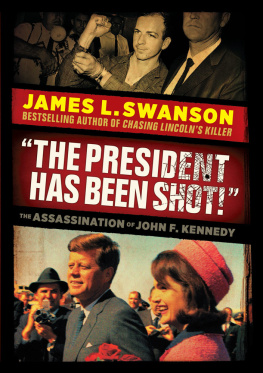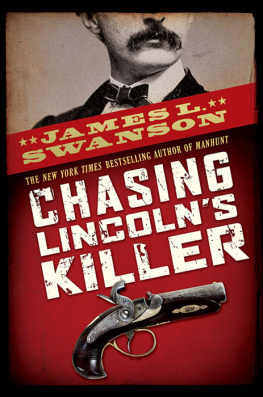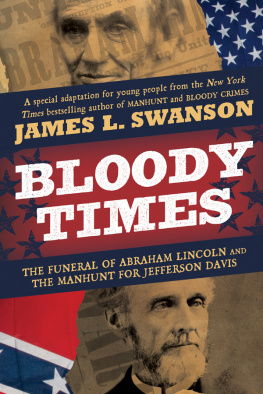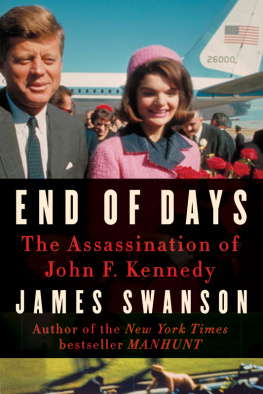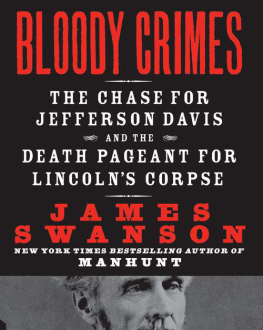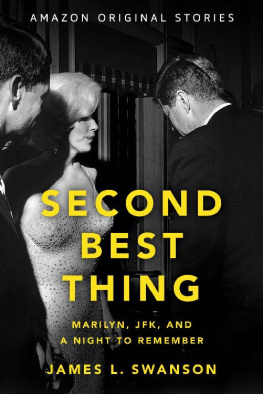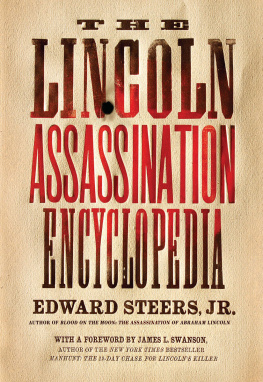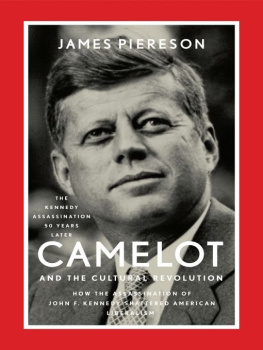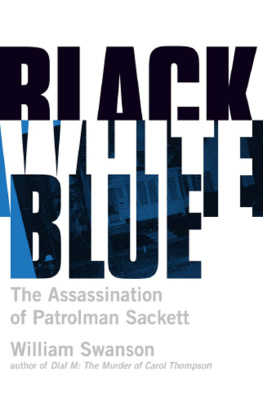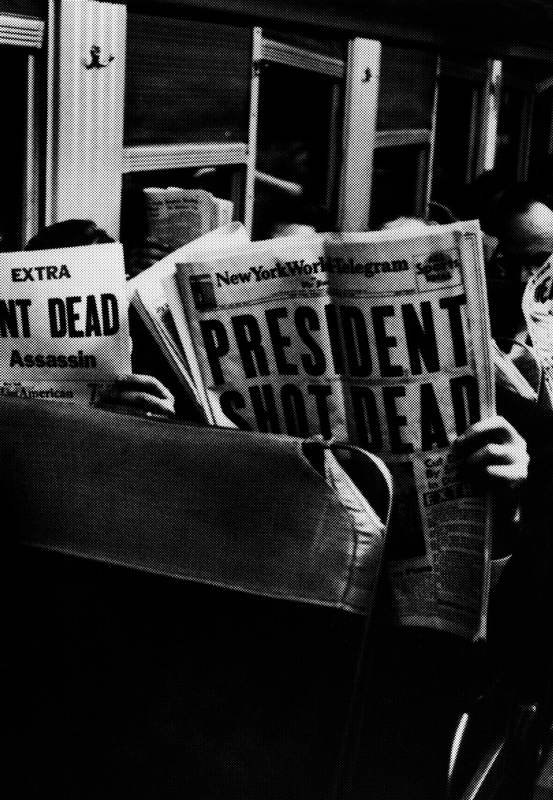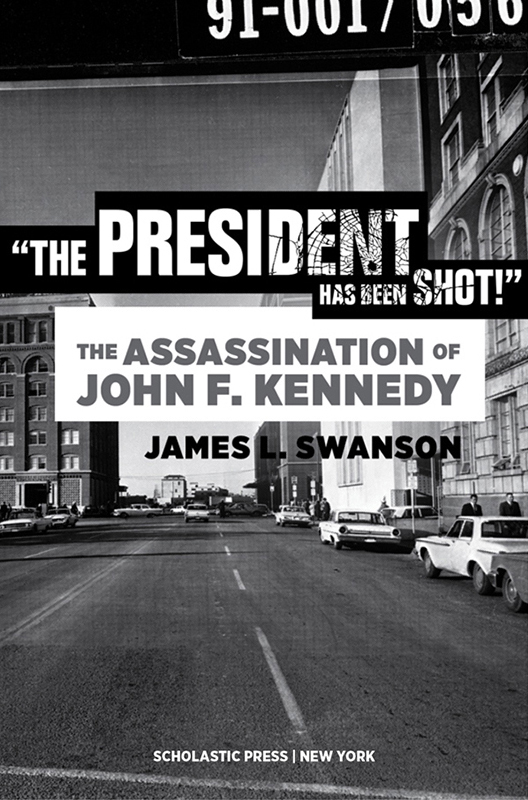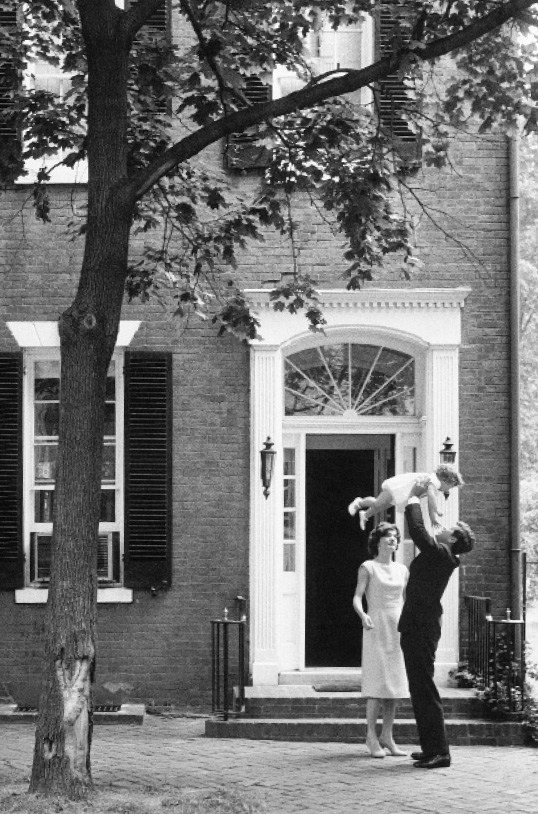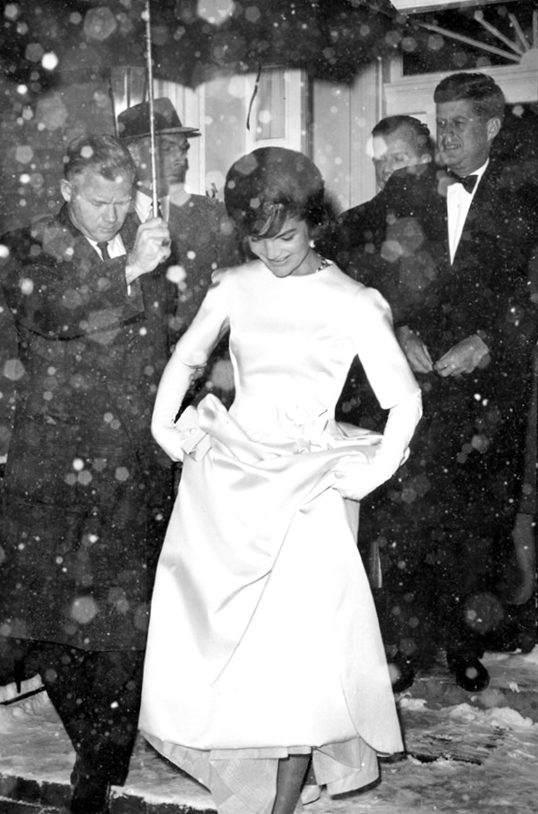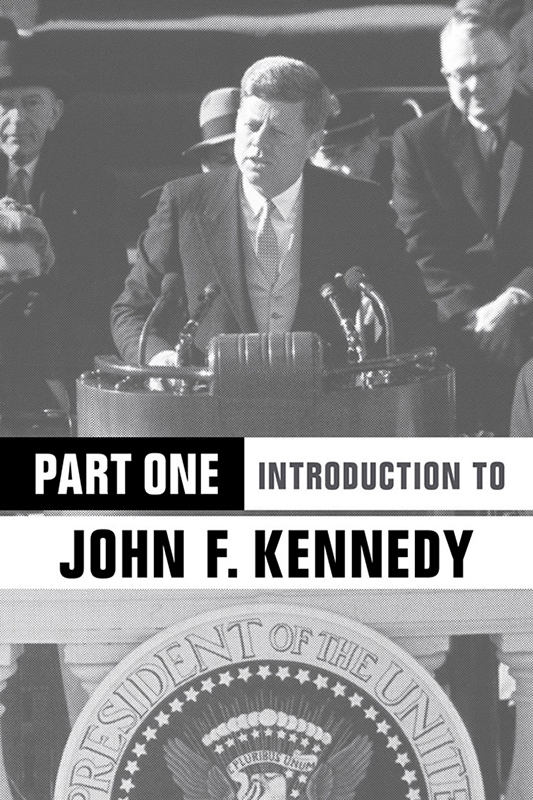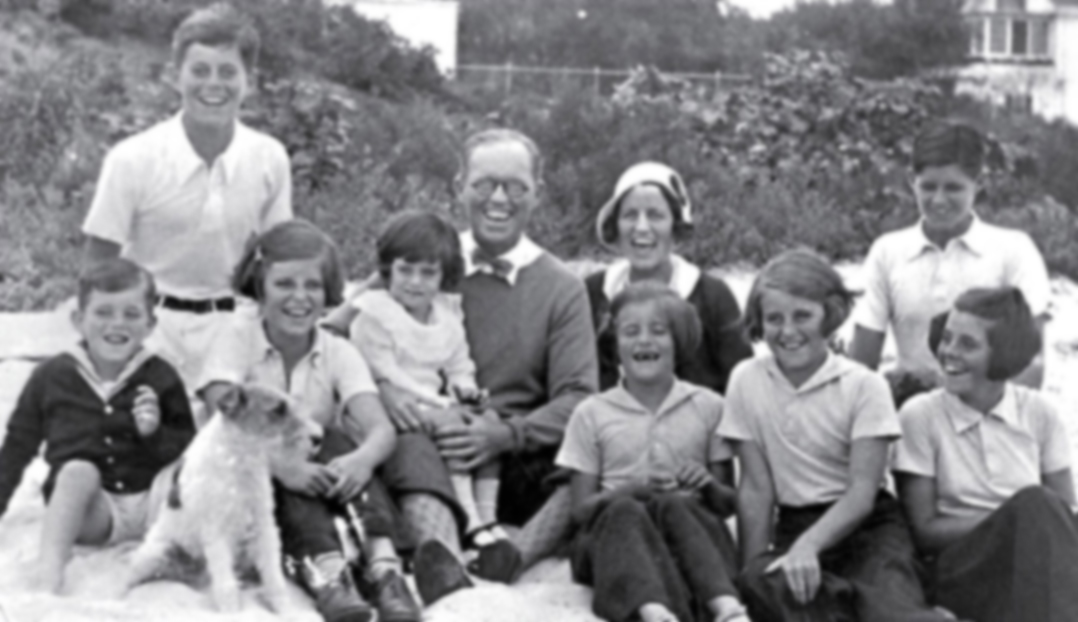It was one of the most heart-stopping moments of the twentieth century: a man in a window, a rifle, and a ruthless attack without warning. In fewer than ten seconds, the United States lost a president, a wife lost her husband, and two children lost their father and the world was united in grief.
John Kennedys trip to Dallas, Texas, on November 22, 1963, set in motion a chain of unprecedented events: the death of a president caught on film, a frenzied manhunt, multiple murders, nationwide mourning, a public funeral that rivaled Abraham Lincolns, and the fatal shooting of the presidents killer on live TV as a horrified audience of millions watched.
In an action-packed, minute-by-minute, ticking-clock narrative, James Swanson, award-winning, New York Times bestselling author of Manhunt and Chasing Lincolns Killer, weaves together the riveting stories of an assassin and a president as he re-creates four of the saddest and most terrifying days in our history. When it was all over, America would never be the same. The assassination of John F. Kennedy haunts us to this day.
(Preceding image) John and Jacqueline Kennedy playing with baby Caroline in front of their Georgetown house in 1960.
BEGINNINGS
Historic Georgetown, in the northwest section of Washington, DC, is one of the most prestigious neighborhoods in the nations capital. Founded as a commercial trading hub along the banks of the Potomac River before the American Revolution, Georgetown boasts the oldest home in Washington, along with many other eighteenth-century brick town houses.
Over the past two centuries, many distinguished Americans congressmen, senators, judges, federal officials, military officers, authors, and one man who would become president have called Georgetown home. In its long history, no public figure has been more connected to the neighborhood than John F. Kennedy, the thirty-fifth president of the United States.
He lived in several homes in Georgetown beginning in 1946, during the time when he gained national recognition as a U.S. congressman and senator, married Jacqueline Bouvier, and, in November 1960, was elected president. Between his election and his inauguration on January 20, 1961, the circa 1811 three-story Federal-era brick town house at 3307 N Street NW served as a nerve center. There John Kennedy planned and hired staff for his forthcoming administration, which he called the New Frontier.
For two and a half months, the lights burned late as the president-elect gathered his closest advisers around him. Journalists camped outside the home to photograph or film Kennedy. They were there whenever he opened the front door, stood on the top step, and walked down to the public sidewalk a few feet in front of the house to announce the new appointment of a person to his administration.
On January 19, the night before his inauguration, a heavy snowstorm paralyzed the nations capital. The glow from the pair of clear glass and black metal lamps flanking John Kennedys front door made the crystals layering the surface of the deep snow twinkle in the night. Undeterred by the weather, the Kennedys ventured out to attend long-planned pre-inauguration parties. Jacqueline Kennedy wore a shimmering white floor-length ball gown that mirrored the soft, thick snowy carpet that covered the capital. A photograph captured her as she walked through her front door and stepped into the night. Surrounded by darkness, she shone as bright as a glimmering star.
(Preceding image) The Kennedys leave their Georgetown home for preinaugural festivities on the snowy night of January 19, 1961.
The next morning, John and Jacqueline Kennedy left their house for the last time and embarked on a journey that he would not complete, and from which he would never return.
THE EARLY YEARS
John F. Kennedy remains the youngest man ever elected president of the United States. Born in Brookline, Massachusetts, in May 1917, the year America entered the First World War, young John had political blood in his veins. His maternal grandfather, John Honey Fitz Fitzgerald, had been a Democratic mayor of Boston. And his own father, Joseph P. Kennedy, served in President Franklin Roosevelts administration as ambassador to Great Britain in the years leading up to the Second World War. These achievements were great honors for an Irish Catholic family that had been treated as second-class citizens by the snobbish New England elite.
Joseph Kennedy was a self-made millionaire, and he raised his nine children including four sons in an atmosphere of wealth and privilege. Joseph Kennedy vowed that one day his eldest son, Joe Jr., would become the first Catholic president of the United States, and he prepared him for success. In World War II, Joe Jr. was a bomber pilot and served in Europe, fighting Nazi Germany.
(Preceding image) The Kennedy family in 1931, including eight of the nine children. From left to right: Robert Kennedy, John F. Kennedy, Eunice Kennedy, Jean Kennedy (on lap of) Joseph P. Kennedy Sr., Rose Fitzgerald Kennedy (behind) Patricia Kennedy, Kathleen Kennedy, Joseph P. Kennedy Jr. (behind) Rosemary Kennedy. Edward Kennedy was not yet born.
John, Josephs second-eldest son, known as Jack to friends and family, became a navy lieutenant and served in the Pacific theater, fighting the Japanese. Jack commanded a PT boat, a small, fast craft with a wood hull that was designed to approach much larger Japanese warships and attack them with torpedoes. Jack narrowly escaped death on August 2, 1943, when, at 2:30 in the morning, an enemy ship rammed and sliced his boat, PT-109, in half. Two of his twelve crewmen were killed, and he and several others were injured. In darkness, they clung to the wreckage that remained afloat. After it was light, Kennedy led his crew on a swim to a tiny, deserted island. One man, suffering from bad burns, could not make it. Jack refused to abandon him to die, so he clenched in his teeth a strap connected to the sailors life jacket, and for four grueling hours, he towed the man behind him until they reached land. That night, although exhausted, Kennedy volunteered to swim out alone with the hope of sighting an American vessel that could rescue them. He planned to fire his revolver and signal with a flashlight. But no ship passed his way. After spending hours in the water, he returned the next day and collapsed on the beach.

